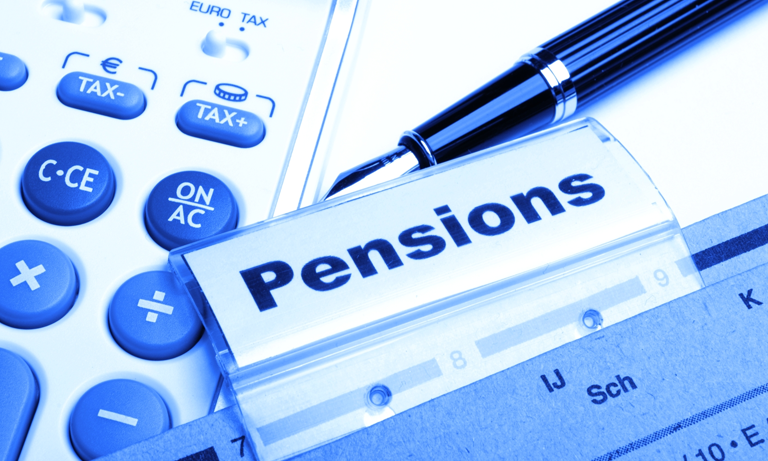 Such schemes can also mean greater returns for members
Such schemes can also mean greater returns for membersNew figures reveal that public sector employers pay vastly more into their employees’ pensions, based on a proportion of their base salaries, than private companies. Some public sector employers pay as much as ten times more into their employees’ pension pots than their private counterparts.
Office for National Statistics (ONS) figures show that private sector workers who are in defined benefit (DB) pension schemes gained an average employer contribution of the equivalent of just 2.5 per cent of the salary they earned last year. Over the same period, the civil service contributed the equivalent of between 20 per cent and 28 per cent into employees’ pension schemes. Other employers in the state sector also offered rates much higher than the average for the private sector; for example, the Teachers’, NHS and Civil Service pension schemes received contributions from employers of around 17 per cent.
The data has prompted criticism of the public sector; however, others have called for more focus to be placed on looking at how the provision made by the private sector can be increased. Suggestions include attempting to boost productivity to increase the revenue that can be paid into pensions and having only three or four large defined contribution (DC) schemes to reduce fees and improve performance.
The ONS statistics do not offer a complete picture, however, as double the number of active pensions owned by private sector employers are DC versions and the data does not recognise that public sector employees are generally paid less.
Many pension contributions within the public sector also go to the government to be used for spending commitments, meaning that pension payments are often derived from a central pot rather than individual funds.
There is also the issue that public sector jobs are said to be at their lowest level ever – the less jobs there are, the lower the level of pension contributions will be and the more contributions will have to go up to cover pension requirements.
Some experts believe that risk and pension cost should be shared in a more equitable manner between employees and employers working within the public sector. This could be achieved by capping pensionable pay, for example, or reducing the accrual rate and increasing employee contributions.
The latest ONS figures reveal that 33.5 million workers in Britain were in work pension schemes in the last year, an increase of ten per cent compared with the year before. Auto-enrolment is being credited with this increase. Contributions were being made into 5.6 million active pensions last year in the public sector and into 5.5 million within the private sector.
In the private sector, employees in DB schemes received around 16.2 per cent on average in employer contributions; however, these account for under one-third of private sector employees in active schemes.
Join Over 40,000 Recruiters. Get our latest articles weekly, all FREE – SEND ME ARTICLES
Recruiters love this COMPLETE set of Accredited Recruitment & HR Training – View Training Brochure








